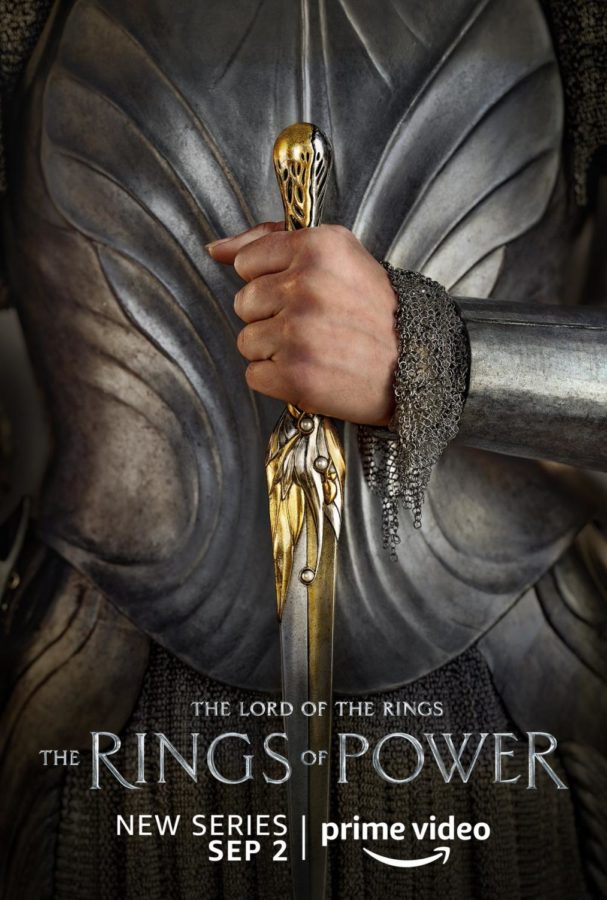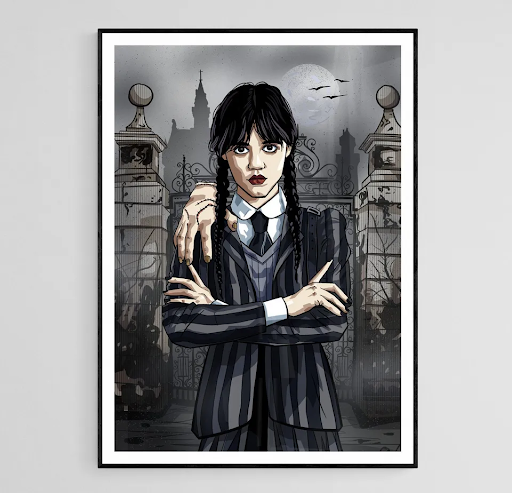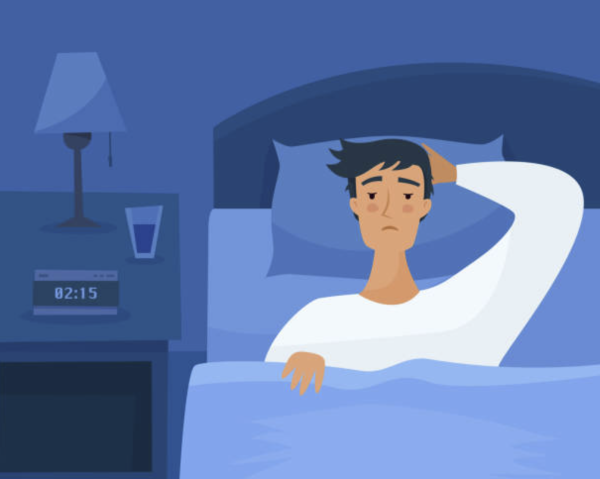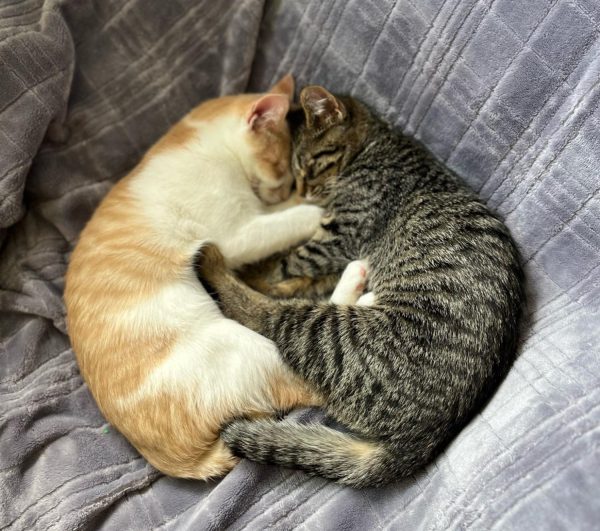Review: The Lord of the Rings: The Rings of Power
One of the 24 poster variations for Amazon Prime’s new series “The Lord of the Rings: The Rings of Power”
Twenty-one years after the release of Peter Jackson’s “The Lord of the Rings” trilogy, the greatest fantasy world of all time makes its return to our screens with a brand new Amazon Prime show, “The Lord of the Rings: The Rings of Power.” The show aired on Sept. 1, 2022 on Prime and quickly became the most watched TV show premiere of all time, bringing in over 25 million global viewers on its first day.
“The Rings of Power” (ROP) takes place in Middle Earth roughly 5000 years before the events of LOTR that Tolkien first wrote about in 1954. The show follows four main plot lines, which later converge into three by the end of the season.
We’re first introduced to a young Galadriel, commander of the Northern Elven Armies who held a prominent role as an Elven queen in “The Lord of the Rings,” and her fight to stop the almighty dark reign of Sauron before Middle Earth devolves into war.
Next, we get to meet the Harfoots – an ancestor race to the Hobbits – and an especially adventurous young Harfoot, Nori.
The other two initial plot lines follow the Men of the Southlands and their struggle against the Orcs, and the Men kingdom of Númenor, who must decide if they are to step outside of the sanctity of their island for the sake of saving Middle Earth from an impending war.
The plot of ROP follows the timeline of Middle Earth during the Second Age as created by Tolkien. The show derives from two main ideas: Sauron’s growing power and influence being a threat to Middle Earth, and the need for the elves to create the rings of power in order to save their race. Outside of this, almost all aspects of the show were either very loosely based on the writings of Tolkien or completely fabricated by Amazon’s writers in order to make the show more interesting and adaptable to a TV format.
One of the most notable changes with ROP compared to the original 2001 LOTR trilogy and subsequent “Hobbit” trilogy is the diversity in the cast. In Peter Jackson’s original adaptation, every single character shown over the lengthy six movies are white. This was an attempt to stay true to Tolkien’s vision of Middle Earth being a continent equivalent to Europe – which in the 1940’s, had very little diversity.
Amazon, however, went against the status quo of racial representation in Middle Earth by having multiple casts of people of color. These include main leads such as the Queen of Númenor being a Black woman, a woman central to one of the plot lines, Bronwyn, being Iranian, and her elf love interest, Arondir, a Puerto Rican man.
While initially being one of the most heavily debated topics surrounding the show upon its trailer release in September of last year, all of the show’s actors are extremely talented and worthy of the roles. Middle Earth, as diverse as it is, should by no means be limited to a single skin color. There is no precedent set stating that all members of the race of Men or Elves must be white; it makes sense for a continent with such geographical diversity to have equivalent diversity in skin color. For this, I truly hope to see continued diversity in casting for future LOTR content.
ROP was a joy to watch from start to finish, but I definitely was left with some heavy criticisms. One of my biggest grievances with ROP was the visuals, or more specifically, the overuse of CGI to create visually grand backgrounds.
One of the most impactful things for me with the original LOTR trilogy was the natural beauty shown throughout; filmed in New Zealand, Jackson showcased just how stunning the country is with its incredible geographical diversity, and had little to no CGI for the landscape. ROP, on the other hand, seems to grab that magic and just strip it away. While still being filmed in New Zealand, I can’t help but feel like the producers at Amazon were too afraid to really use up the beauty of the country, and instead play it safe with more simplistic backgrounds and then just layer on element after element of CGI mountains, waterfalls and forests.
My second and final criticism lies with the overall pacing of the show. In truth, it felt extremely awkward and unbalanced. This was mostly derived from the inconsistency with which plot lines would get screen time in a given episode. For example, on the two episodes that focus almost exclusively on the Harfoots, it felt extremely slow paced, relaxed, and more heavily prioritized character building over actual plot progression. On the other hand, you have the episodes focusing on the Men of the Southlands, where they will literally start and plan a battle against Orcs, wrap up the entire conflict in 10 minutes, then introduce a massive plot element at the very end. This much more rapid paced and action packed feel was starkly contrasted with the mellow lore-building feel nearly every other episode in the season. As I much prefer the more action packed plot line, it made the show feel overall a lot less enjoyable knowing that this week’s episode was going to be boring, and I’d have to wait until next Friday to see anything interesting happen.
“The Lord of the Rings: the Rings of Power” is an overall thrill of a show. It’s almost surreal seeing LOTR making a return to the screens after so long, and we have Amazon to thank for such a respectable and well-crafted prequel to Tolkien’s more well known work. While the show is by no means perfect, it has the potential to be one of the greatest shows of our time, so long as Amazon Prime continues to learn from their mistakes, improve along the way, and stay somewhat true to what Tolkien wrote into history seven decades ago.

Ethan is a senior and Editor of the Sports section. This is his second year on the Gazette staff.














